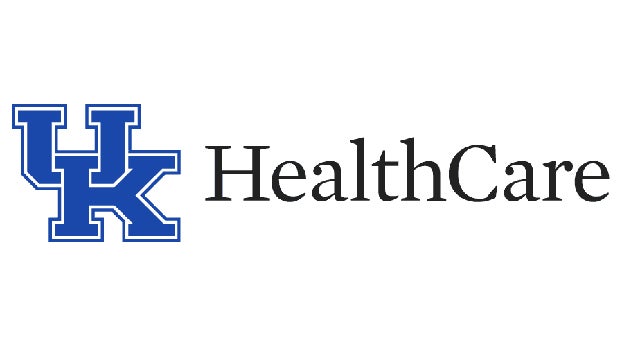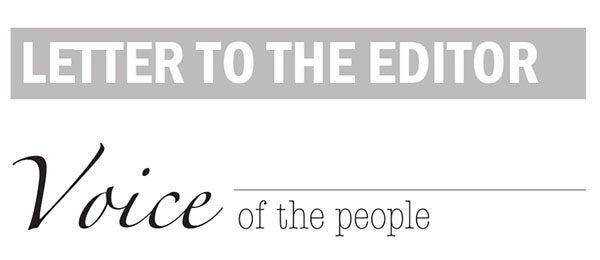Redesigned nutrition labels make it easier to eat healthy
Published 5:02 am Saturday, February 8, 2020
EDITORIAL
The Advocate-Messenger
If you regularly check the nutrition information panels on the food you buy, you may have noticed some changes recently, particularly on packages of food from major producers.
If you don’t check the nutrition info often, you might want to start, because new rules for what information must be provided have made the labels more useful than before.
Major changes, as explained by Kentucky Health News, are:
- The labels “now show a serving size based on the amount most people eat and drink, instead of a suggested serving size.”
- “For products that could be consumed in one sitting, like a 24-ounce bottle of soda or a pint of ice cream, manufacturers must now provide a ‘dual column’ label to show calories and nutrients for both ‘per serving’ and ‘per package’ amounts.”
- “The labels also show the calories and serving size in larger and bolder type.”
- “The new labels will no longer include calories from fat, but will instead show the types of fat a product contains.”
- “The labels now include potassium and Vitamin D, along with calcium and iron. Vitamins A and C have become optional for listing, since most Americans get enough of those nutrients in their diets.”
- Perhaps most importantly, “Added sugars have also been added to the label.”
These changes all work together to make labels easier to read and more informative at a glance. It also means your takeaways from nutrition labels will be more useful to maintaining a healthy diet.
For example, a “suggested serving size” of ice cream had been half a cup, but almost no one eats just half a cup of ice cream. The new serving size is two-thirds of a cup. It’s a small change, but on ice cream and many other products, it’s a change that means what you read on the label better reflects what you are likely to eat.
That’s important because most of us glance at the nutrition label and move on. If we can get more accurate info from those quick glances, it means all of us can be a little healthier with a little less work.
Including nutrition info for the whole package on food items that someone might eat all of in a single sitting accomplishes the same thing: Where you might have bothered to take the serving size info and multiply it by the number of servings in the package before, now the math is done for you and once again, you can know that much quicker what you are consuming, making healthy eating a tiny bit easier.
Most people won’t pay attention to the addition of potassium, Vitamin D or added sugars further down the label, but for those that do, they’ll be getting more useful information, not just numbers they can’t do anything with.
Americans do not consume healthy amounts of Vitamin D or potassium — on average, we all need more of those nutrients. Getting more of them could help reduce chronic diseases.
On the flip side — and this is no surprise — Americans eat way too much added sugar. And added sugar is found in a majority of packaged food these days. Now, for those willing to look, foods will be marked clearly with how much total sugar is in each serving, and how much of that sugar was added.
All of these relatively small changes could add up to big health savings for the U.S. Obesity-related health care costs may top $190 billion annually. If we improve our diets even marginally thanks to these new labels, it could equate to a fractional improvement in health and reduction in those obesity costs. Even just a 1% reduction could mean we spend almost $2 billion less per year on health care for preventable diseases. That’s as good a reason as any to start reading your nutrition labels.





